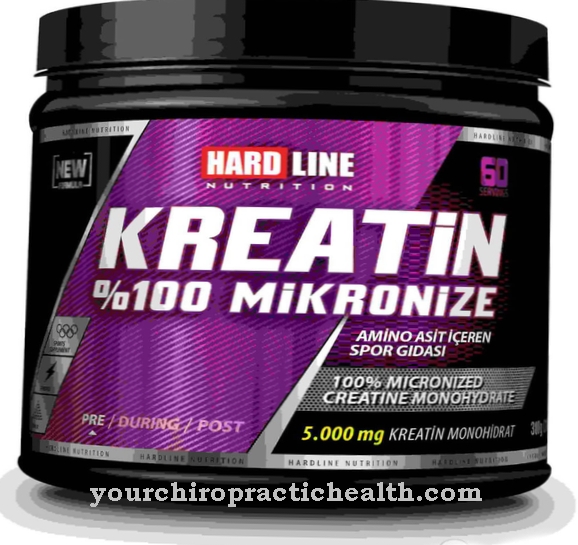Cylinder vacuum cleaner with state-of-the-art fine filter systems - risk-free vacuuming for allergies
A runny nose and watery eyes are not only typical symptoms of hay fever, but can also be signs of an overreaction to fine dust in your own four walls. Allergic and asthmatic sufferers must always attach particular importance to eliminating possible allergens in the household consistently and carefully.
However, as an allergy sufferer, you may be familiar with the problem that the symptoms become even worse when cleaning and vacuuming. This is because the allergens, which cannot be seen with the naked eye, are not adequately filtered by many vacuum cleaners and are therefore blown out again with the exhaust air.
Studies have shown that the indoor air in apartments and houses is usually many times more polluted than the outside air, which is why house dust allergies are increasing and are just as common today as hay fever. If your discomfort worsens while doing housework, or if it occurs in winter as well as in spring and summer, it is high time to get a new vacuum cleaner equipped with a state-of-the-art filtration system.
When the conventional cylinder vacuum cleaner becomes a danger

Allergy sufferers usually react to house dust with runny nose, itching, coughing or watery eyes. For asthmatics, allergens in the household sometimes even pose a serious health risk. Many asthmatics and allergy sufferers experience difficulty breathing when they breathe in dust particles, which in some cases can even be life-threatening Can take on proportions.
If you yourself or family members suffer from such immune overreactions, it is worth investing in a high-quality cylinder vacuum cleaner, for example from a well-known brand like Siemens, which is expressly suitable for people with allergies.
The high-tech filter systems, which have been continuously developed in recent years, prevent the sucked-in dirt and dust particles from being distributed again in the room with the exhaust air. This ensures that vacuuming is largely safe for allergy sufferers.
The main criteria for buying
The so-called HEPA or high-efficiency particulate air filter, which can hold back dust particles up to 0.1 micrometers in size, is one of today's leading filter systems that ensure absolute purity of room air.
The technology on which these systems are based was developed by US scientists as early as the 1940s to filter radioactive substances from the air. Today such filters are used in research, in operating theaters and in the intensive care units of hospitals. For some years now, HEPA filters have been built into high-quality models in conjunction with intelligent air outlet control systems, which are particularly recommended for people with house dust mite allergies, as the exhaust air from such devices is cleaner than the normal ambient air.
Even vacuum cleaner models that are equipped with particulate or microfine filters promise allergy-free use. However, the term "recommended for allergy sufferers" alone is not enough to guarantee 100 percent safe cleaning. For example, if the housing of the vacuum cleaner is not sufficiently sealed, even the best filter system cannot prevent an allergic attack from occurring while vacuuming. You should therefore pay attention to the following criteria when buying:
- Reviews of independent consumer protection organizations such as ÖKO Test or Stiftung Warentest
- A high level of dust particle retention
- At the same time an optimal suction result
- Easy handling due to low weight
- Low energy consumption
The most important functions & equipment elements

A high-performance hygiene filter is a basic requirement that the vacuum cleaner is also suitable for use in households where people with allergies live. In addition, it is also important to regularly remove all dirt particles to minimize the concentration of allergens.
It is not always possible to lay smooth, wipeable floors such as tiles or parquet, and carpets must be cleaned thoroughly. Especially in deep-pile carpets, allergens easily settle, which is why the cylinder vacuum cleaner should also be equipped with additional accessories with which dust particles, hair and dirt can be thoroughly removed from all fibers. Therefore, choose a household appliance that has the following additional parts:
- A height-adjustable turbo or electric brush
- Upholstery nozzle
- Crevice nozzle
Changing the dust bag is also an important point for allergy sufferers, because if dirt particles escape, they can trigger an allergy attack. You should therefore also pay attention to the type of dust bag used with your new vacuum cleaner. In any case, these should be provided with a lockable cover flap.
Ideally, the dust bags are also coated with an antibacterial material on the inside, because this prevents allergens such as germs, mold spores and house dust mites from multiplying in the vacuum cleaner. However, as allergy sufferers, you should always wear a respirator when changing the bag to prevent the otherwise unavoidable inhalation of dust particles.









.jpg)


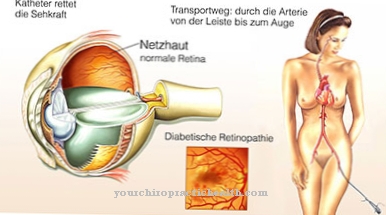






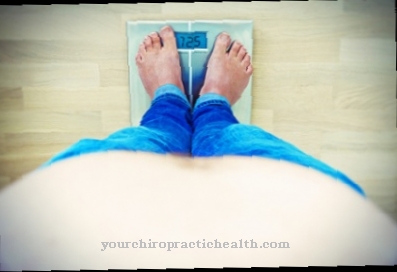
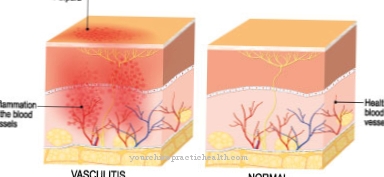

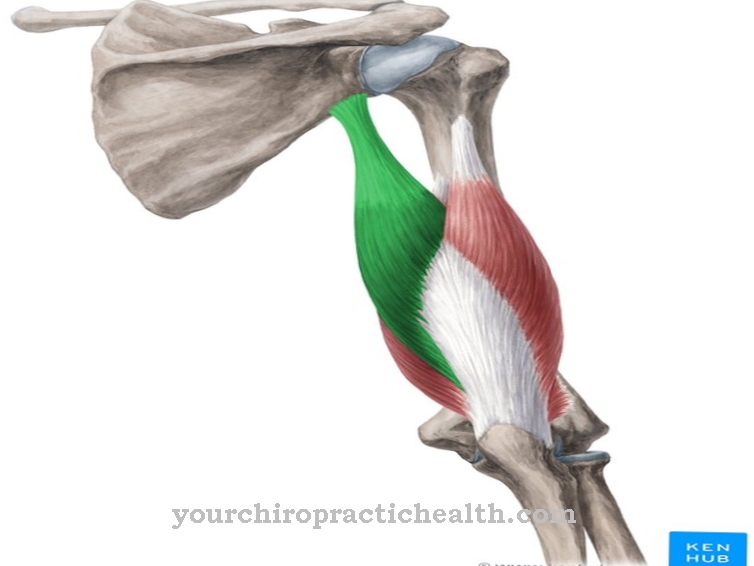
.jpg)



.jpg)
